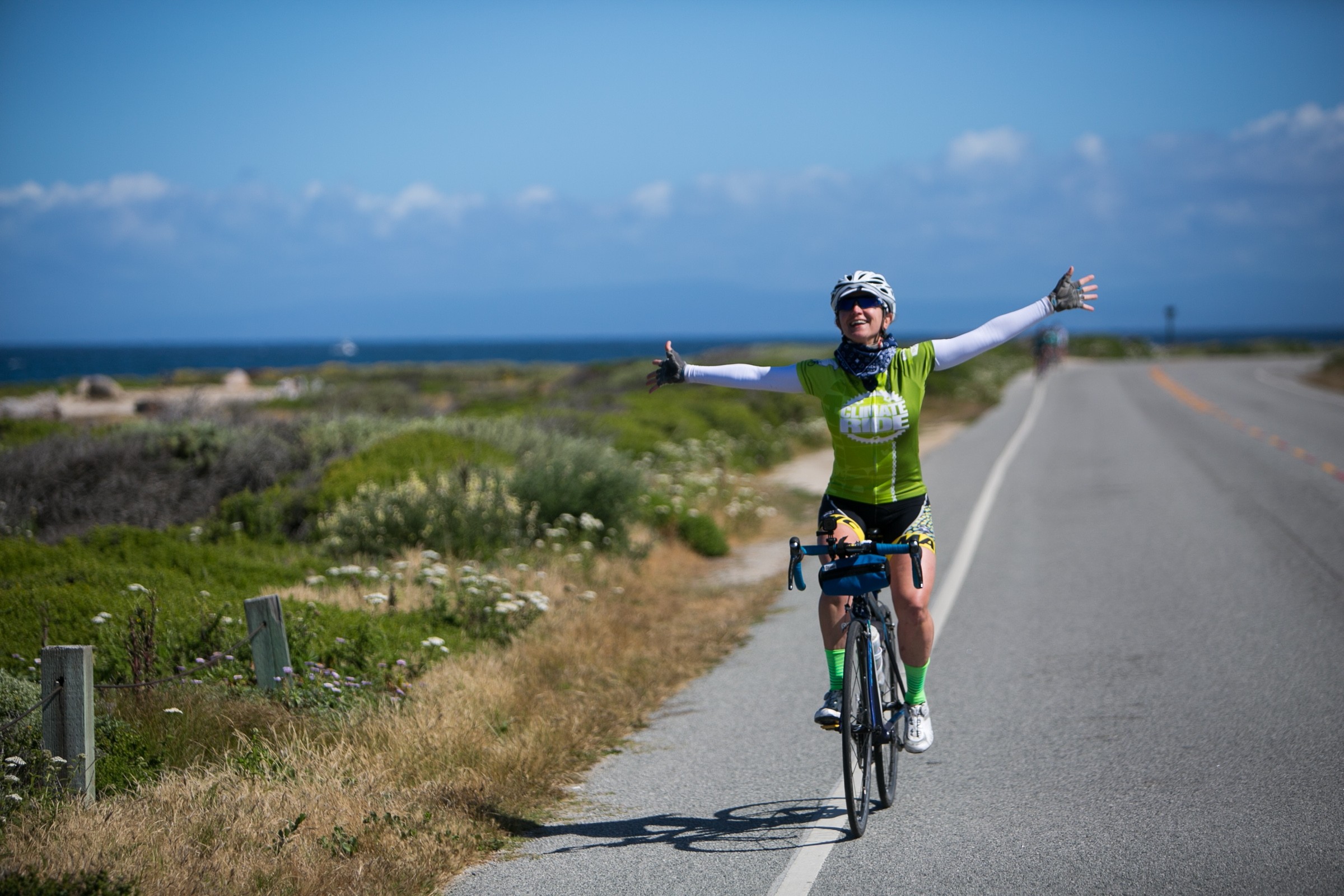UPDATE: Los Angeles now has more deaths from traffic violence than homicides in 2023 (https://www.latimes.com/california/story/2024-01-25/traffic-deaths-surpass-homicides-in-los-angeles#:~:text=There%20were%20more%20fatal%20crashes,them%2C%20179%2C%20were%20pedestrians.)
The US has an estimated population of 350 million. How many people do you think were killed (not just injured) as a result of a motor accident? The answer is much higher than you expect. Around ~42,000 americans died as a result of traffic violence in 2020 (yes during the pandemic year). This is a steady increase from the 39K traffic related deaths in 2019.
If these numbers don’t alarm you, consider this:
~15.3% of deaths in 2020 were a result of traffic violence vs 16.1% from gun violence in the same year. These numbers are comparable for 2019 where traffic and gun violence each caused ~16% of deaths.
The above data is from the CDC website (https://wisqars.cdc.gov/data/explore-data/explore/) which has a tool you can use to interact with this data.
Gun violence roughly accounts for the same amount of deaths in the US as traffic violence. Yet we rarely talk about traffic related violence.
This problem is not unique to the US. Traffic violence persists in major cities throughout the world. Yet the road-traffic related death rate in the US is considerably higher it’s peers: most European and East Asian countries have a traffic-related fatality rate of ~4% vs the US where it’s considerably higher 16-18% (source: World Health Organization https://apps.who.int/gho/data/).
The primary difference between these 2 sets of countries is cars. A large percentage of americans own and drive cars everyday. Car ownership in itself isn’t wholly responsible. A big part of it comes from lack of proper infrastructure in cities to support alternative modes of transport. For example, most american cities (barring a few such as NYC, SF, DC) are massive sprawls where the only reliable transportation infrastructure is to drive cars. Couple this with road infrastructure that encourages drivers to get from place A to place B in the fastest possible way, and you have a “city” with a spread out series of strip malls connected by tarmac that encourages drivers to move at 40-50 mph on city roads next to pedestrians and cyclists. This design leads to streets that are designed for cars, not people. The average american parent doesn’t believe it’s safe to let their kids commute to school independently (until they own a car). We need to advocate for better infrastructure that gives even the most vulnerable of people (kids, elders) the ability to get around their community freely.
Additionally this design doesn’t allow alternative modes of transport. Think about the last stretch of road you were on. How many lanes were dedicated to cars? How many lanes were dedicated to cyclists? Street cars/trams? In fact, most city streets are wide enough to fit 2 cars going in opposite directions as well as 2 parking lanes (1 on each side) but sidewalks are still not wide enough to fit 2 people walking side by side.
Interestingly enough, traffic flow research has shown that cities where people commute via trains, buses and cycles actually move people quicker than cities where cars are the primary means of transport. If you’re curious about this, look up 15-minute cities. In fact we have several prototypes of these throughout the US: college campuses.
This is the kind of infrastructure I’m advocating for. We need city leaders and elected officials to think about people when designing cities. This bike ride is meant to raise awareness about cycling as a means of transportation.
I would really appreciate it if you can donate to this cause. 100% of your donations will be sent to Streets For All (https://www.streetsforall.org/), an organization that aims to lobby for safe transportation in California.
If you want to go above and beyond, call your local politicians and tell them to build safer infrastructure for pedestrians and cyclists. Support local organizations that are doing this for your community. If you’re unsure about such groups in your area, search for bike coalitions in your area. You can also reach out to me and I can provide you some resources to get you started.

Get The Word Out
https://support.climateride.org/participant/11960